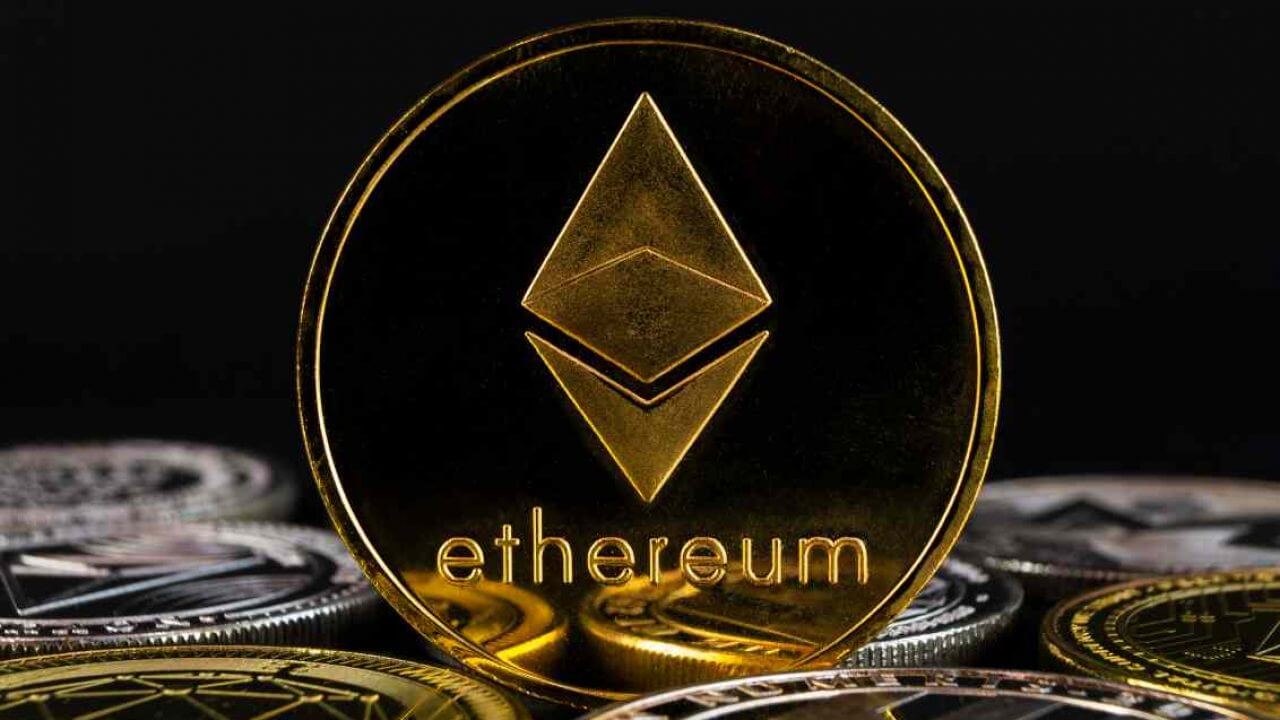|
Getting your Trinity Audio player ready...
|
Ethereum co-founder Vitalik Buterin is urging the Ethereum ecosystem to develop new metrics that assess how well projects align with Ethereum’s core values. In a blog post published on September 28, Buterin highlighted the need for a standardized approach to evaluate the contributions of different projects to the Ethereum network. With Ethereum serving as a hub for a wide variety of client teams, application developers, and researchers, Buterin sees the challenge of maintaining a cohesive ecosystem as one of Ethereum’s most pressing social issues.
The Push For Alignment – A Complex Challenge
According to Buterin, the Ethereum ecosystem is vast, encompassing countless participants who all contribute to the platform in unique ways. Achieving “Ethereum alignment” involves determining whether these diverse projects uphold the network’s fundamental values, such as decentralization, security, and openness. However, Buterin acknowledged the difficulty of this task, given the multitude of perspectives within the community.
“There are already several starting points,” Buterin explained, emphasizing the importance of open-source projects as an essential pillar of Ethereum alignment. Open-source code not only allows for security inspection but also promotes community improvements and avoids proprietary lock-ins that could restrict the ecosystem’s growth.
Key Metrics for Ethereum Alignment
Buterin’s proposal introduces several potential metrics for measuring how well projects align with Ethereum’s values. Among them is interoperability, where applications and wallets could be rated based on their compatibility with various ERC standards. By enhancing cross-project compatibility, the ecosystem can foster greater collaboration and innovation.
Another critical factor Buterin mentioned is the decentralization and security of projects. He proposed the “walkaway” and “insider attack” tests, which measure the extent to which a project could withstand a coordinated attack from insiders. This ensures that the system remains resilient even when faced with internal threats, thus contributing to the overall security of the Ethereum network.
Additionally, projects could be judged based on their social impact—whether they contribute positively to the Ethereum community and humanity at large. Buterin pointed to efforts like improving financial inclusion or enabling new public funding mechanisms as prime examples of initiatives that could score high on an Ethereum alignment scale.
The Debate Over Centralization and Influence
Buterin’s ideas come at a time when some, including Cardano founder Charles Hoskinson, have raised concerns over Ethereum’s potential over-reliance on Buterin for direction. In a recent interview, Hoskinson commented, “Everybody looks to him for the roadmap. Everybody looks to him for inspiration, and he’s also the only person who has enough power to rally people.”
This centralization of influence contrasts with the ethos of decentralization that Buterin and Ethereum stand for. Yet, Buterin’s new call for Ethereum alignment metrics suggests that he is aware of the delicate balance needed to ensure that Ethereum’s future is shaped by the community rather than any single figure, including himself.
Also Read: PEPE Coin Soars – 60-Day Correlation With Ethereum Hits 0.92, Igniting Investor Interest
Buterin’s proposal to measure Ethereum alignment is a crucial step toward ensuring that the ecosystem remains decentralized, open, and secure. By setting clear benchmarks for what it means to be “aligned” with Ethereum’s values, Buterin aims to create an environment where innovation can flourish without compromising the core principles of the network. While the task is complex, these proposed metrics could serve as the foundation for a more resilient and cohesive Ethereum ecosystem, securing its role as a leading blockchain for years to come.
As the debate over Ethereum’s future direction continues, it is clear that Buterin’s influence will remain pivotal. However, the introduction of measurable standards could democratize the decision-making process and allow the broader community to take on a more active role in shaping Ethereum’s evolution.
Disclaimer: The information in this article is for general purposes only and does not constitute financial advice. The author’s views are personal and may not reflect the views of Chain Affairs. Before making any investment decisions, you should always conduct your own research. Chain Affairs is not responsible for any financial losses.
A lifelong learner with a thirst for knowledge, I am constantly seeking to understand the intricacies of the crypto world. Through my writing, I aim to share my insights and perspectives on the latest developments in the industry. I believe that crypto has the potential to create a more inclusive and equitable financial system, and I am committed to using my writing to promote its positive impact on the world.




